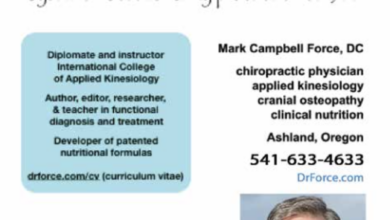Diagnosis as Art and Key to Healing
There is a lot of treatment in health care, whether conventional or natural. Lots of treatments and lots of options, but what best serves healing? Too often treatment isn’t curative or restorative, but rather palliative – relieving symptoms but resolving the cause of a condition. Often there is so much treatment that it can make finding the cause for a condition more difficult. There is even a trend in medicine to give so many medicines/remedies that they can become a part of the problem and this is true of both conventional and natural doctors.
It is common to find that patients are doing too many things and taking too many things and this may be the reason for not healing. For instance, statin drugs can result in severe joint and muscle pain and cognitive impairment and calcium channel blocker medications taken for high blood pressure can cause the signs and symptoms of Parkinson’s disease. Taking too much vitamin D can cause kidney disease, high blood pressure, digestive problems, depression, and cognitive problems. Too much vitamin E can cause internal bleeding.
“It is vain to do with more what one can do with less.” ~ William of Occam
This quote from the Franciscan friar and philosopher is the origin of Occam’s razor – the concept that suggests the simplest explanation or solution—with the fewest assumptions—is most likely the correct one.
In medicine, Occam’s razor is a mindset of finding the most essential cause for a condition.
A few years ago I conducted a history, examination, and records review on a woman who had many years of treatment for chronic and complex health problems that many of the doctors she had consulted had summarized as fibromyalgia. It appeared to be a condition of the parathyroid gland that regulates calcium metabolism. Testing confirmed this and the patient was referred for surgical removal of a benign tumor of the parathyroid. And the long list of the great many chronic health problems? Gone.
Occam’s razor. This is the ideal in all of medicine – resolve the cause and let the body, mind, and spirit heal.
Scant or absent hair on the lower leg suggesting cardiovascular disease and diabetes; the fine, long hairs on arms, legs, and back that indicate protein malnutrition; the slight blue tinge of the “whites” of the eyes that indicate anemia; the white flecks on the nails that mean zinc deficiency; the high “normal” calcium that could be caused by hyperparathyroidism; the low pain threshold that could mean brain inflammation and breakdown of the blood-brain barrier; the subtle shift in the ratio between white blood cells on a complete blood count that indicate an infection of some kind, often hidden, somewhere in the body.
All these observations, exams, and tests have to be distilled down to a differential diagnosis in order to be useful by directing specific and appropriate care that leads to healing.

